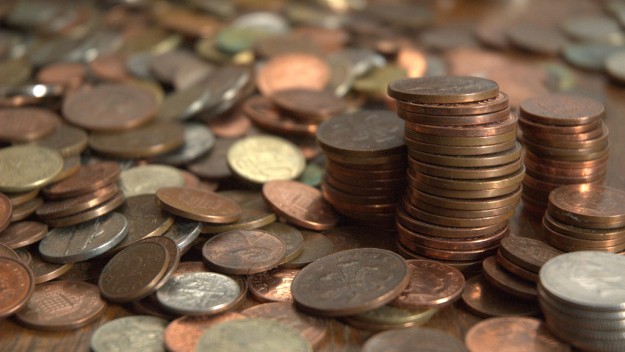Question: Can you explain simple payback? I’m looking at upgrading my systems, and I keep hearing that phrase. What does it mean?
Answer: Great question. If you’re investing in energy-efficient technologies or products, you’ll want to know how long it will take before the initial cost of your investment is offset by your energy savings. This is called “simple payback.”
The formula for simple payback is pretty straightforward:
Payback = Initial cost/Savings per unit time
So, as an example:
You decide to invest in a $5,000 technology that reduces your yearly energy costs by $450. Your simple payback period would then be 11 years.
Simple payback is easy to understand and calculate.
Simple payback’s not enough
But while simple payback is, well, simple, it’s not the only calculation you should be using.
When deciding what kind of upgrades to make, you should use simple payback as a rough guideline only.
Why? Because there are more factors beyond cost and savings to consider if you want a more accurate picture of what your investment will actually cost or save.
You need a more accurate picture
Simple payback is exactly that—simple. The formula doesn’t take into account variable factors such as fluctuating energy prices, rising or falling interest rates, or ongoing costs like maintenance. If you’re making a significant investment in energy upgrades, those factors can translate into a lot of money.
As well, simple payback isn’t a great way of looking at the long term benefits of a project. Relying on simple payback alone may cause you to invest only in projects that have a short payback period—meaning you may miss important opportunities to make a long-term difference to your business.
More complex formulas like rate-of-return, return-on-investment and hurdle rates tend to be more accurate for making investment decisions.
If you’re going to be investing in energy efficient technologies or products, consider talking to an energy management firm or an accountant specializing in energy efficiency.
Take a look at our Success Stories section to see how restaurants have benefited from energy efficiency upgrades.
Image credit: Jason Rogers



















